What state gets the most hurricanes? Found Top 10 storm hotspots in the US
What state gets the most hurricanes? While any coastal region near warm ocean waters faces some degree of risk, certain states are undeniably more prone to these powerful storms than others. Understanding geographic location, hurricane activities are crucial for residents, businesses, and anyone interested in effective disaster preparedness. Keep reading this post to understand which U.S state consistently experiences the highest number of hurricane landfalls and why.
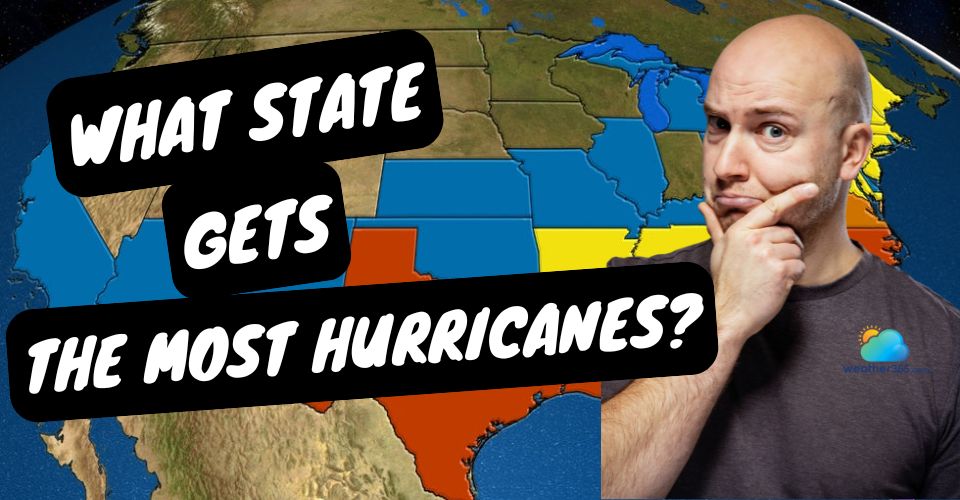
What state gets hit with the most hurricanes?
Where Do Hurricanes Happen the Most?
What state gets hit by the most hurricanes? It’s Florida.
Florida stands out as the U.S. state most frequently impacted by hurricanes, having experienced a total of 120 hurricanes between 1851 and 2022.
Generally, states along the Gulf Coast including Florida, Texas, and Louisiana are the most susceptible to these powerful storms. Following that is East Coast and mid-Atlantic states.
Have a look at the top 10 states hit most often by hurricanes.
|
State |
Category 1 |
Category 2 |
Category 3 |
Category 4 |
Category 5 |
All |
|
1. Florida |
47 |
36 |
24 |
11 |
2 |
120 |
|
2. Texas |
29 |
16 |
12 |
7 |
0 |
64 |
|
3. Louisiana |
24 |
20 |
13 |
5 |
1 |
63 |
|
4. North Carolina |
32 |
19 |
6 |
1 |
0 |
58 |
|
5. South Carolina |
18 |
9 |
2 |
3 |
0 |
32 |
|
6. Alabama |
12 |
6 |
5 |
0 |
0 |
23 |
|
7. Georgia |
14 |
4 |
2 |
1 |
0 |
21 |
|
8. New York |
9 |
3 |
3 |
0 |
0 |
15 |
|
9. Mississippi |
3 |
5 |
5 |
0 |
1 |
14 |
|
10. Virginia |
11 |
2 |
0 |
0 |
0 |
13 |
To identify the top 10 states most frequently affected by hurricanes and estimate average damage costs, scientists researched data from the National Oceanic and Atmospheric Administration (NOAA).
For hurricane frequency, landfall data from 1851 to 2022 proved that 92 out of 301 total landfalls were "Major" hurricanes (Category 3+).
To estimate financial impact, NOAA's tropical cyclone cost data from 1980-2021 was cross-referenced with state-specific information, providing a general historical picture of economic damage.
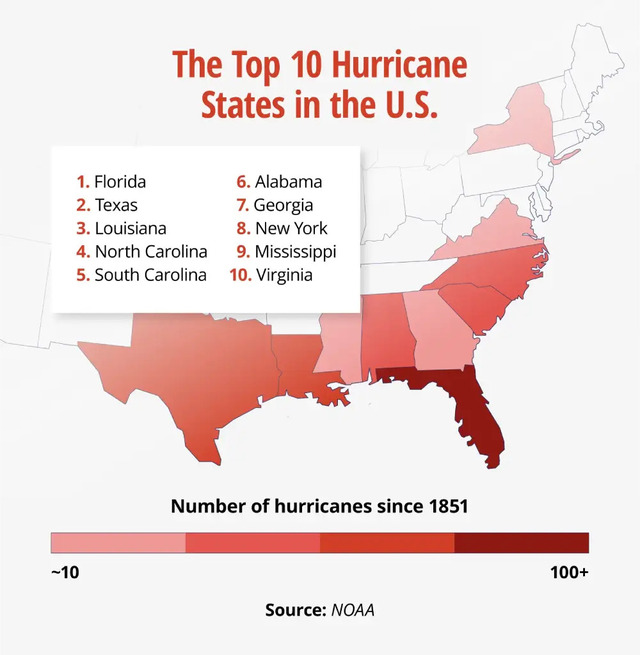
Top 10 hurricane states in the US
What State Gets The Most Hurricanes?
Weather365 explores the top 10 US States impacted by hurricanes most, detailing the frequency, types of damage and the associated costs.
Florida
-
Number of hurricanes: 120
-
Most affected city: Miami
-
Most destructive hurricane: Hurricane Andrew (1992)
-
Average cost of damage per hurricane: $23.6 billion
Florida gets the highest number of hurricane in the U.S. From 1851 to 2022, a total of 120 hurricanes made landfall in the state, accounting for 40.4% of all U.S. hurricanes.
Among these, 37 were major hurricanes (Category 3 or higher), while 47 were Category 1, and 36 were Category 2 storms.
Florida's unique geography plays a major role in its vulnerability. Its position as a peninsula extending into the warm waters of both the Atlantic Ocean and the Gulf of Mexico makes it a direct target.
With no large landmasses to weaken approaching storms, hurricanes can often reach Florida's coast with immense, devastating force.
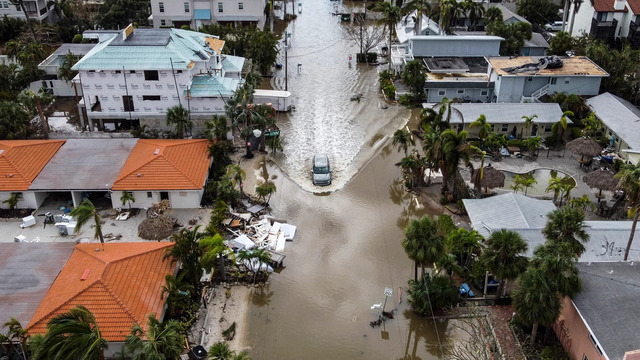
Hurricanes in Florida
Texas
-
Number of hurricanes: 66
-
Most affected city: Galveston
-
Most destructive hurricane: Galveston Hurricane (1900)
-
Average cost of damage per hurricane: $5.9 billion
Texas has the second-highest number of hurricane landfalls. Between 1851 and 2022, the state was impacted by 66 hurricanes, accounting for 22.22% of all U.S. occurrences.
Among these, 19 were major hurricanes (Category 3 or higher), with 31 classified as Category 1 and 16 as Category 2.
Texas's extensive coastline along the Gulf of Mexico positions it squarely in the path of these powerful storms.
The primary threats stem from a devastating combination of potent storm surges, which inundate low-lying regions, particularly along the upper coast, and destructive winds capable of widespread power outages and structural devastation.
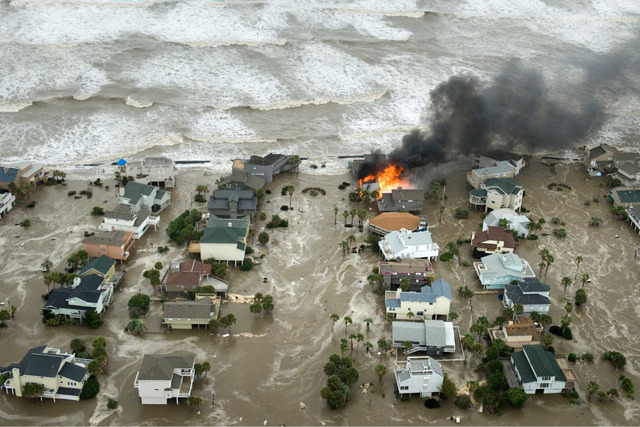
Devastating hurricane in Texas
Louisiana
-
Number of hurricanes: 56
-
Most affected city: New Orleans
-
Most destructive hurricane: Hurricane Katrina (2005)
-
Average cost of damage per hurricane: $24.8 billion
Louisiana ranks as the third U.S. state most frequently impacted by hurricanes, with 56 landfalling storms between 1851 and 2022, representing 18.86% of all U.S. hurricanes.
Among these, 18 were major hurricanes (Category 3 or higher), 24 were Category 1, and 14 were Category 2.
Situated squarely in the Gulf Coast's "Hurricane Alley," Louisiana is exceptionally vulnerable.
Its extensive low-lying coastal terrain offers minimal natural defense from its vast network of marshes and swamps, making it highly susceptible to devastating storm surges.
A prime example of this vulnerability was Hurricane Katrina in 2005, one of the nation's most destructive and costly natural disasters, which overwhelmed New Orleans' levee system, leading to catastrophic flooding.
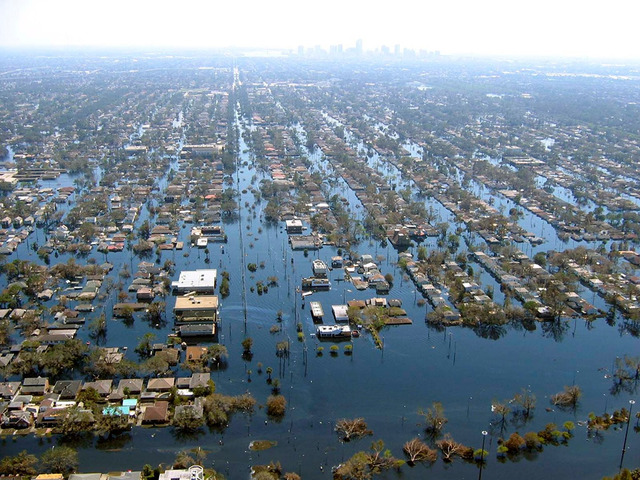
Hurricane Katrina overwhelmed New Orleans' levee system
North Carolina
-
Number of hurricanes: 56
-
Most affected city: Cape Hatteras
-
Most destructive hurricane: Hurricane Floyd (1999)
-
Average cost of damage per hurricane: $26.9 billion
North Carolina gets the rank for the third-highest number of hurricane landfalls in the U.S., with 56 storms hitting its coast between 1851 and 2022. It made up for 18.86% of all U.S. hurricanes.
Among these, 7 were major hurricanes (Category 3 or higher), while 32 were Category 1, and 13 were Category 2.
The state's distinctive jutting coastline directly positions it in the path of hurricanes tracking up the Atlantic.
Its famous barrier islands, often called the "Outer Banks," provide a degree of protection for the mainland, yet these islands themselves endure the full force and fury of an approaching storm.
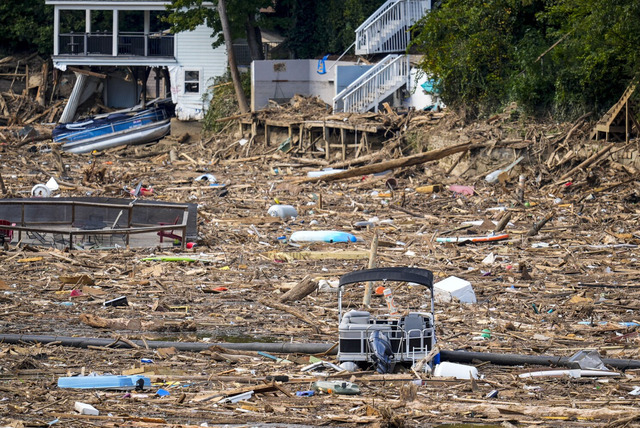
The lake is covered with debris following Hurricane Helene
South Carolina
-
Number of hurricanes: 30
-
Most affected city: Charleston
-
Most destructive hurricane: Hurricane Hugo (1989)
-
Average cost of damage per hurricane: $3.5 billion
South Carolina ranks as the fifth U.S. state most affected by hurricanes.
This state experienced 30 landfalls (10.10% of the U.S. total) between 1851 and 2022.
Among these, 5 were major hurricanes (Category 3+), 17 were Category 1, and 8 were Category 2.
Due to its East Coast location and low-lying geography featuring barrier islands, storm surge poses a significant threat.
The state's most notable impact came from Hurricane Hugo in 1989, a Category 4 storm that produced record-breaking storm tides of around 20 feet on the U.S. East Coast and caused approximately $7 billion in damages.
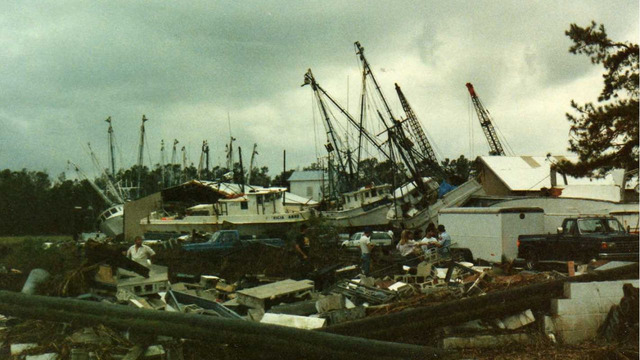
Hurricane Hugo destroys South Carolina
Alabama
-
Number of hurricanes: 24
-
Most affected city: Mobile
-
Most destructive hurricane: Hurricane Katrina (2005)
-
Average cost of damage per hurricane: $15 billion
Alabama achieves the sixth position among U.S. states most affected by hurricanes, with 24 landfalls (8.08% of the national total) between 1851 and 2022.
Five of these were major hurricanes (Category 3 or higher), 14 were Category 1, and 5 were Category 2. Its extensive, exposed coastline along the Gulf of Mexico, lacking significant natural barriers, leaves it directly susceptible to incoming storms.
Major threats include severe flooding from heavy rainfall associated with Gulf hurricanes and destructive strong winds capable of causing widespread damage to structures and infrastructure in coastal areas.
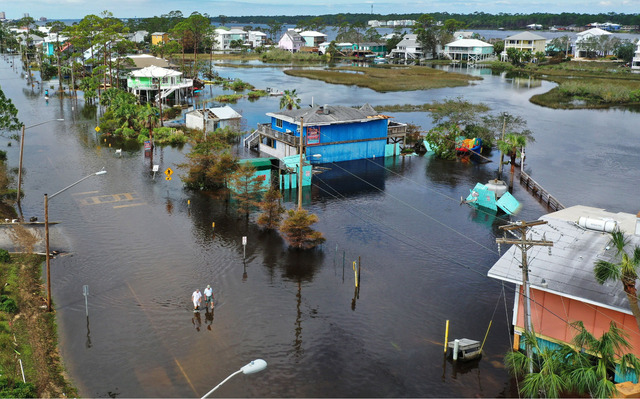
Hurricane Sally damage in Alabama
Georgia
-
Number of hurricanes: 22
-
Most affected city: Marietta
-
Most destructive hurricane: Hurricane Floyd (1999)
-
Average cost of damage per hurricane: $1.2 billion
Georgia ranks seventh among U.S. states for hurricane landfalls.
22 storms are hitting its coast (7.41% of the national total) between 1851 and 2022. Of these, 3 were major hurricanes (Category 3 or higher), 16 were Category 1, and 3 were Category 2.
While its eastward-jutting coastline offers some deflection from storms tracking north, Georgia remains vulnerable to those with a more westerly path from the Gulf of Mexico.
The most significant danger for the state is heavy rainfall, which can trigger severe flash floods and mudslides far inland, as tragically demonstrated by Hurricane Floyd in 1999.
It caused devastating flooding in Georgia despite not making direct landfall.
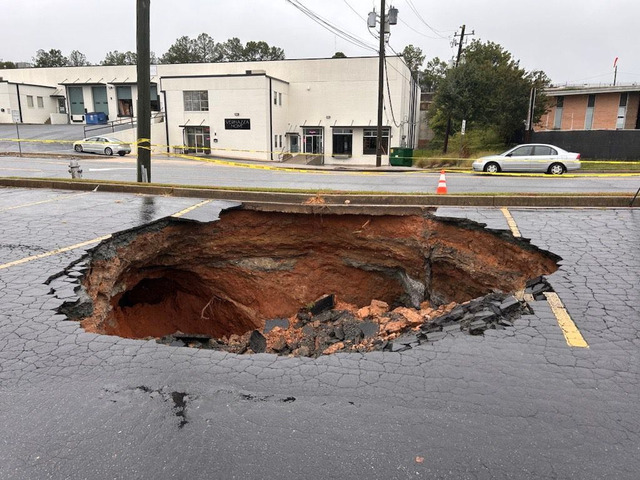
Hurricane Floyd left many damages for Georgia
New York
-
Number of hurricanes: 15
-
Most affected city: New York City
-
Most destructive hurricane: Hurricane Andrew (1992)
-
Average cost of damage per hurricane: Hurricane Sandy (2012)
New York ranks as the eighth U.S. state most impacted by hurricanes, experiencing 15 landfalls (5.05% of the U.S. total) between 1851 and 2022.
Of these, 3 were major hurricanes (Category 3+), 9 were Category 1, and 3 were Category 2.
Situated on the Atlantic Coast, New York is vulnerable to storms tracking northeasterly, with Long Island and other coastal areas facing particular risk from devastating storm surges and associated flooding.
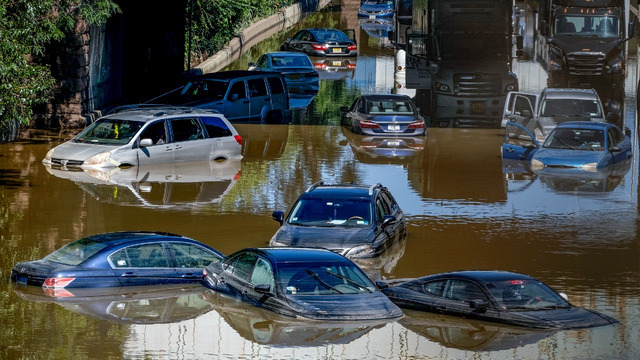
New York City is flooded by hurricane Ida
Mississippi
-
Number of hurricanes: 14
-
Most affected city: Biloxi
-
Most destructive hurricane: Hurricane Katrina (2005)
-
Average cost of damage per hurricane: $4.8 billion
Mississippi ranks ninth among U.S. states for hurricane landfalls, experiencing 14 storms (6.40% of the U.S. total) between 1851 and 2022.
Three of these were major hurricanes (Category 3+), 5 were Category 1, and 6 were Category 2.
Situated along the Gulf of Mexico with low-lying terrain, Mississippi is exceptionally vulnerable to devastating storm surges.
Densely populated coastal areas like Biloxi and Gulfport face heightened risks from destructive winds and infrastructure damage.
A notable example is Hurricane Katrina in 2005, which, despite making landfall in Louisiana, caused widespread flooding and wind damage across Mississippi.
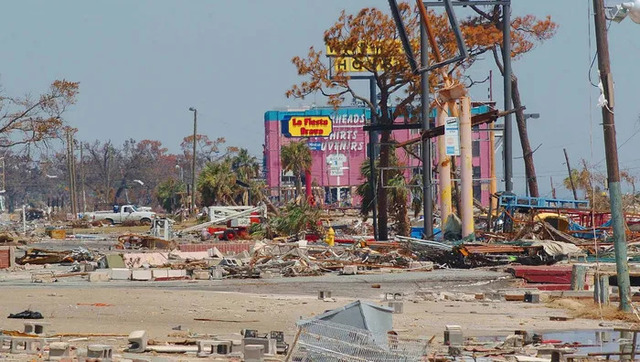
Hurricane Katrina hit the Mississippi Gulf Coast
Virginia
-
Number of hurricanes: 13
-
Most affected city: Virginia Beach
-
Most destructive hurricane: Hurricane Isabel (2003)
-
Average cost of damage per hurricane: $4.2 billion
Virginia is the last name in the list of the top 10 U.S. states most impacted by hurricanes.
It experienced 12 landfalls (4.04% of the U.S. total) between 1851 and 2022.
Among these, one was a major hurricane (Category 3 or higher), while 10 were Category 1, and 2 were Category 2.
Coastal areas of Virginia, particularly within the Chesapeake Bay region, are highly susceptible to storm surge.
Even if hurricane winds aren't the most extreme, they can still inflict substantial damage to infrastructure and cause prolonged power outages across the state.
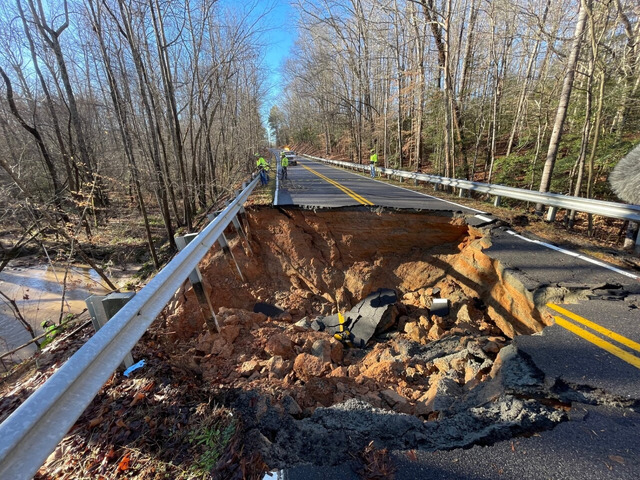
Storm damage in Virginia
When are hurricanes most likely to happen?
From early June to the end of November, the United States experiences hurricane season. In reality, hurricanes have never struck the US outside of those months.
About 42% of all hurricanes occur in September, making it the month with the highest frequency.
At about 30%, August has the second-highest hurricane frequency, followed by October at about 20%.
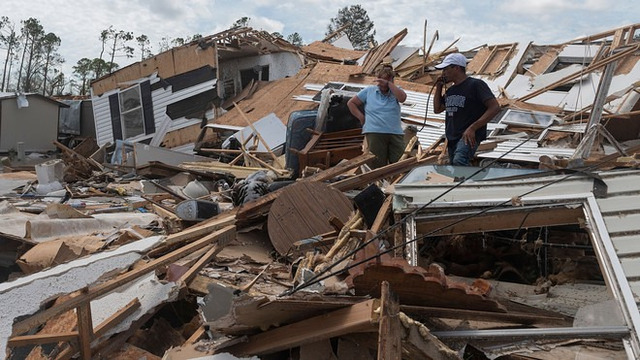
The intense Atlantic hurricane season
Hurricane preparedness tips
Hurricane preparedness is crucial for safety and minimizing damage.
The hurricane safety tips involve several key steps to take well before a storm threatens:
-
Create an emergency plan: Outline evacuation routes, family communication strategies, and designated meeting points.
-
Assemble an emergency kit: Stock up medicines, flashlights, batteries, a first-aid kit, and a battery-powered radio.
-
Secure your home: Trim trees, clear gutters, secure loose outdoor items, and consider reinforcing windows and doors with shutters or plywood.
-
Prepare hurricane supply list food: Stock up on non-perishable food, water (one gallon per person per day for several days).
-
Review insurance policies: Confirm you have adequate coverage for both wind and flood damage, as standard homeowner's policies typically exclude flooding.
-
Stay informed: Register for local emergency alerts and monitor official weather forecasts regularly.
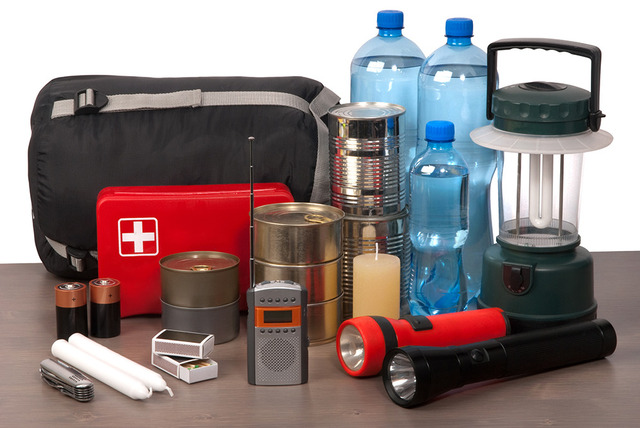
Preparedness is essential to survive hurricane
Wrap up
You’ve known “What states gets the most hurricanes?”. While Florida, Texas, and Louisiana consistently face the highest risks due to their unique geographies, every coastal state along the Atlantic and Gulf coasts remains vulnerable. People, especially those who live in prone-hurricane should always be ready to face the worst situations. Staying informed and prepared is the best defense against nature's most formidable forces.

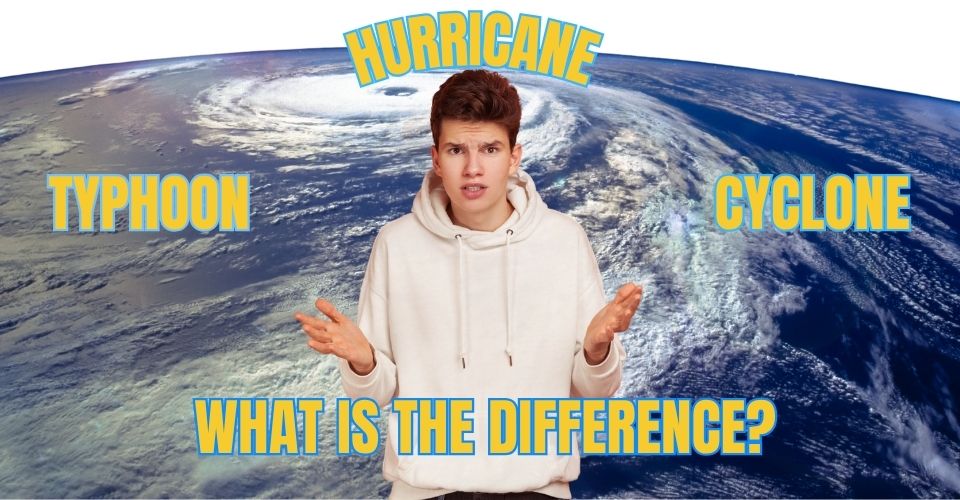

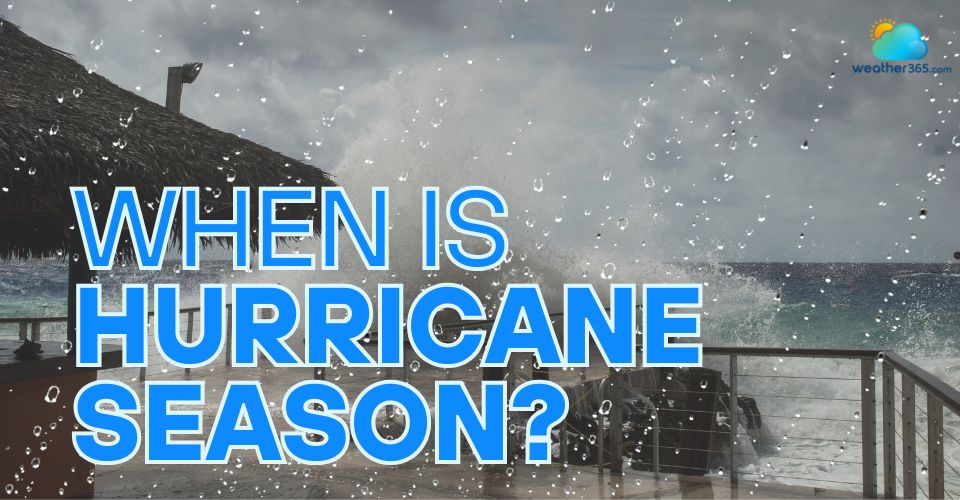
0 Comment
Leave a comment
Your email address will not be published. Required fields are marked *